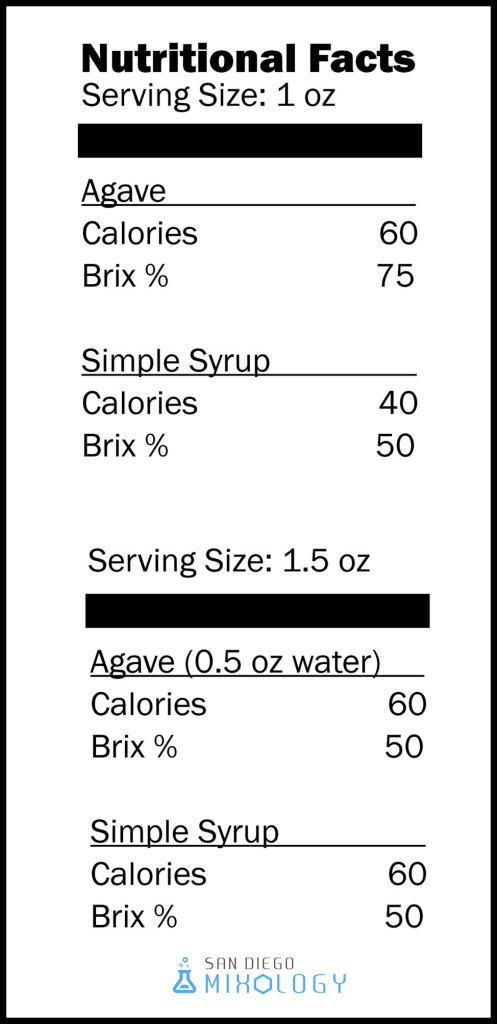The Skinny Truth Behind the Skinny Margarita
Now that the Skinny Margarita cocktail is here to stay, every bartender or mixologist has to reserve space in their mental mixology Rolodex for this cougar call out. The only problem is that bartenders rarely have the same recipe for this allegedly “slimming” libation. Some of the more common mixology variations you will encounter:
- Tequila, lime, agave nectar
- Tequila, lime, Cointreau or Triple Sec
- Tequila, lime, Grand Marnier
The only common ground that the recipes share (other than tequila and lime) is the omission of simple syrup in favor of an alternative sweetening source. This isn’t even addressing the amount of each substitute that goes into the drink, as that will vary greatly from bar to bar as well. Some recipes call for 2 parts lime to 1 part agave, 4 parts lime to 1 part agave, etc. When behind the stick, an order for a Skinny Margarita is usually trailed by, “What do you put in YOUR skinny margarita?”… and probably for good reason. The most common rendition requested from me in sunny San Diego has been to substitute simple syrup with equal amounts of agave nectar! Yikes. I love hearing a customer follow with something like, “It tastes just as good without all the calories!” Ummmm…. excuse you. You just passed some myth.
An urban legend has been festering in the mixology shadows of our drinking community, so let’s expose some light on what is really going on. There should be no question that agave nectar is indeed healthier for your body than a simple syrup – which is made from processed sugar and water. Agave is a natural sugar with a lower glycemic index and just flat out makes cocktails taste better than the white stuff. However, it is not the muffin top panacea that people are subscribing to. I’m not trying to vilify senor agave, as he is not on trial here. It’s the cocktail myth being propagated that I want to cross examine. After all, from a calorie stand point, it’s surprisingly identical to simple syrup…
Damn You Math
Let’s compare a 1 ounce sample of agave nectar and the same amount of 1:1 ratio (equal parts sugar and water) simple syrup. The agave has 60 calories, with a brix percentage of 75%. (Brix % in layman’s terms is the concentration of sugar in a solution.) The simple syrup has 40 calories and a brix of 50%. (50% since it is half sugar, half water) Now, let’s increase the samples by 0.5 oz – but for the agave sample, we’ll add 0.5 oz of water. Since all we added was water to the agave sample, the calories stay the same at 60, but the brix is lowered to 50% sugar concentration. Meanwhile, the 1.5 oz simple syrup sample has its calorie count increase to 60, and it’s brix percentage stays the same at 50%. Wait a minute, both samples now have the same amount of calories and brix percentage! Here’s a better picture of what I’m saying:
(Note: I found that agave nectar calorie counts varied depending on the brand, but only by +/-5 calories.)
Mixology Plan B
So, what about all the recipes and mixologists that sub in a cordial as a sweetener? Cordials are often perceived as being less sweet than a sugar component, since the alcohol and citrus cut the sugars on your palate. Here’s how the usual suspects stack up:
- Triple Sec: 80-107 calories/oz, depending on brand
- Cointreau: 103 calories/oz
- Grand Marnier: 76 calories/oz
Well that’s no good. At least you get more buzz and flavor into the drink, but the calorie count isn’t discounted at all. What’s next then? If calorie counting is important, ask your favorite barkeep how they make a Skinny Margarita and go into the negotiation armed with math and knowledge. Otherwise, there’s a good chance that the Bikini Jeans Margarita you order may end up a Pajama Jeans Margarita.
Or you could always bring the mixology home and go with my recipe:
Skinny Margarita Recipe
- 1.5 oz Silver Tequila
- 2 oz Fresh pressed lime juice
- 0.5 oz Agave nectar
- Gourmet salt rim (black hawaiian salt, pink himalayan salt, et al)
INSERT IMAGE



